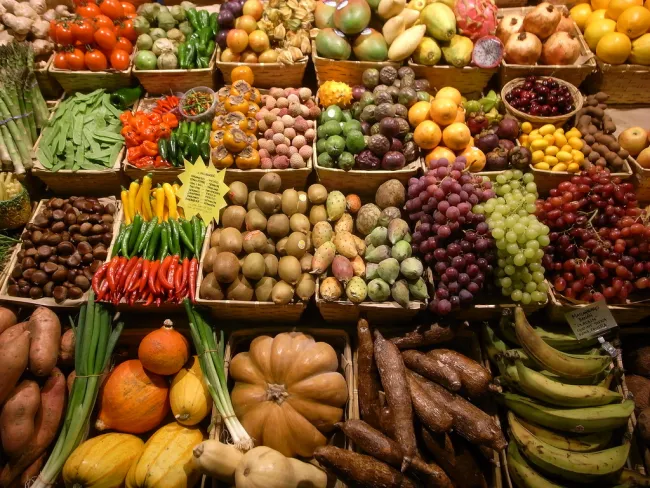In this paper, FCRN member Michael Martin examines the environmental impacts of various Swedish dietary choices across a wide range of environmental impact categories, paying particular attention to the trade-offs between impact categories.

The indicators reviewed include climate change, eutrophication, acidification, toxicity, biodiversity and land use. Vegan and vegetarian diets were found to reduce many environmental impacts, but could increase human and ecosystem toxicity. Increasing organic foods in the diet could reduce toxicity potential, but would not significantly change climate impact.
Abstract
In recent years, a growing interest from consumers to know the origins and contents of foods has put alternative choices, such as organic foods and dietary changes, on the agenda. Dietary choices are important to address, as many studies find that activities related to food production account for nearly 20–30% of anthropogenic greenhouse gas (GHG) emissions. Nonetheless, while GHG emissions are important, often other environmental impact categories are not considered in the assessment of the sustainability of different foods, diets and choices. This study aims to quantify the implications of dietary choices for Swedish food consumption on a broad range of environmental impact categories using life cycle assessment to provide insight into the impacts, and potential tradeoffs, associated with certain food products and dietary choices. Scenarios are used to assess the implications of diets with reduced meat, increased Swedish food consumption, increased organic foods and semi-vegetarian diets. The results indicate that tradeoffs could be possible with certain dietary choices. Increasing Swedish food production and consumption may lead to lower impacts for all impact categories by reducing imports, although limitations in growing season and availability of foods in Sweden allows only for minor increases. The results also indicate that large reductions of greenhouse gas emissions are possible by reducing meat consumption, i.e., by halving meat consumption and through vegan and vegetarian diets. Nonetheless, an increase in vegetable, legume and fruit products may lead to a potential increase in human and ecosystem toxicity. Similar results are found for diets based on nutritional guidelines, as these guidelines call for an increase in vegetables and fruits and a reduction in meat consumption. An increase in organic foods showed no significant change in climate impact, although toxicity potential was reduced significantly. Increasing consumption of organic foods may also lead to a reduction in biodiversity damage potential, and if all food is produced organically, it risks increasing eutrophication and land use.
Reference
Martin, M. and Brandão, M., 2017. Evaluating the Environmental Consequences of Swedish Food Consumption and Dietary Choices. Sustainability, 9(12), p.2227.
Find the full article here. See also the Foodsource chapter What is a healthy sustainable eating pattern?




Comments (0)